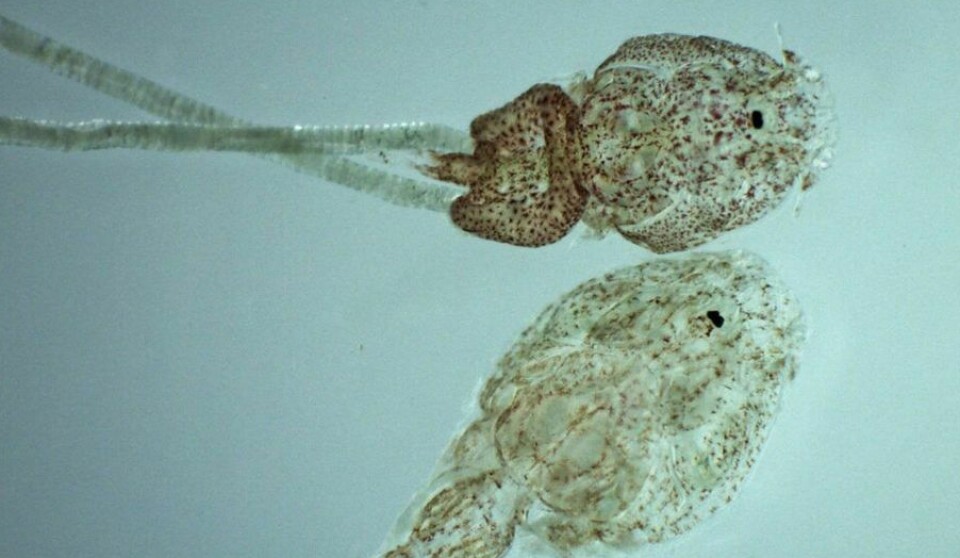
Genes associated with tissue repair could be key against lice in Chile
A study has shown differences in the genetic response of Atlantic salmon resistant to sea lice and those susceptible to the parasite, revealing possible resistance mechanisms
Comparing the expression of different genes during infestation with sea lice, Chilean scientists from the Incar centre, the University of Concepción and Hendrix Genetics Chile discovered that there are differences between fish classified as “resistant (R)” or “susceptible (S)” to the parasite.
“Our hypothesis is that the modulation of the Atlantic salmon genome exhibits differences associated with resistant and susceptible phenotypes, with the potential to be used in genetic programmes to select the desired phenotype,” the authors stated at the beginning of their paper.
The researchers carried out an experiment where 121 families of Atlantic salmon were challenged with 35 copepods per fish and classified as resistant or susceptible after 14 days depending on the number of chalimus-stage Caligus rogercresseyi lice present on the fish.
Subsequently, the researchers sequenced different genes from individuals from the four main families, two with the lowest parasite loads (R) and two with the highest loads (S), and compared them to analyse differences.
Tissue repair
Genome-wide transcriptome analysis showed different expression profiles between families classified as R and S. For example, there were significant differences in chromosome modulation between families in skin tissue.
“Notably, genes associated with tissue repair, such as collagen and myosin, were upregulated in resistant families. In addition, skin tissue from resistant families showed the highest number of genes associated with molecular functions such as ion binding, transferase, and cytokine activity, compared to susceptible ones,” the scientists reported.
Additionally, differences were also found in the expression profiles of long non-coding RNAs (lncRNA) and number of SNP variations throughout the genome. SNPs are single nucleotide polymorphisms, which are small genetic variations linked to physical traits.
Most of the genes activated in the families classified as resistant were related to the cell proliferation process, which is why the researchers suggested that resistance to Caligus is associated with a high capacity to repair tissue damage generated by the early stage of infestation.
“This study reported chromosomal regions of Atlantic salmon expressed exclusively in R or S family phenotypes. Furthermore, due to the presence of SNPs and the high expression of tissue repair genes in resistant families, it is possible to suggest an immune activation of the mucosa associated with resistance of Atlantic salmon to sea lice infestation,” the authors concluded.
Read the full study, entitled “Transcriptome Signatures of Atlantic Salmon -Resistant Phenotypes against Sea Lice Infestation Are Associated with Tissue Repair”, here.






















































